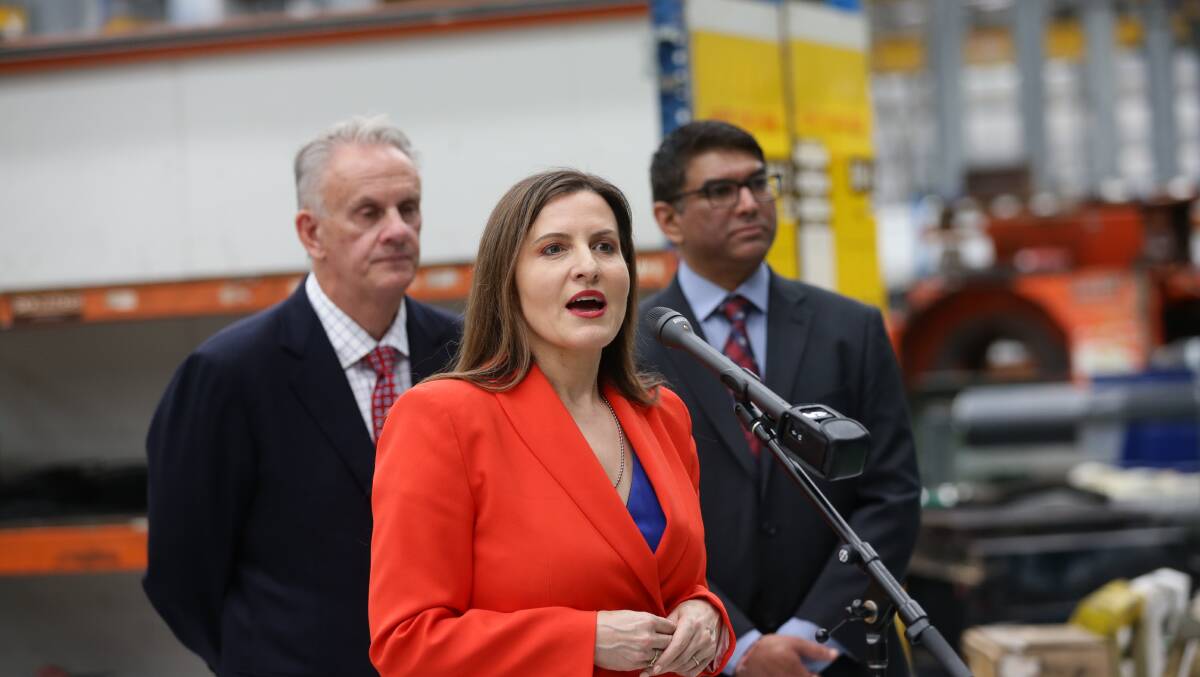
Primary votes for Australia's two major political parties are decreasing and minor parties and independents are taking the share, experts say.
Subscribe now for unlimited access.
$0/
(min cost $0)
or signup to continue reading
Institute for public policy and governance at University of Technology Sydney, Professor Tim Harcourt, told ACM the nation was following a global trend toward a rise in strong minor parties.
"As the world has globalised and we've had a lot of economic challenges, people have decided to park themselves in [minor] parties," Professor Harcourt said.
Anthony Albanese won 31 per cent of primary votes in the 2022 federal election, compared to almost 50 per cent of primary votes for Bob Hawke in the 1983 federal election. And last year's election saw teal independents make headlines.
Professor Harcourt said the NSW election on March 25 might see a similar decrease in votes for major parties.
There are 12 minor parties on the NSW Electoral Commission's state register of parties. Two of these - the Informed Medical Options Party and the Legalise Cannabis NSW Party - have not previously contested a NSW state election.
At least 20 independent candidates have been announced to contest for a seat in the lower house. Seven of these candidates are currently sitting members of parliament.
Roughly eight of these independent candidates are in regional NSW, particularly in the Hunter New England electorates.
There are 18 independent candidates announced for the upper house so far.
READ MORE:
The role of minor parties and independents
Australian parliaments operate on a two party system. In NSW, Labor is on the centre-left and the Coalition - a working agreement between the Liberal Party and the National Party - on the right.
NSW elections have an optional preferential voting system. You must vote for at least one candidate but can choose to number more.
Professor Harcourt said the preferences of electors voting for minor parties were important.
There are several counts of ballot papers in the lower house. The first count sorts all papers based on the first preference.
The two preferred candidates for each electorate are then calculated from primary votes - or votes that express a first preference for that candidate.
Ballots with a primary vote different from the two candidates with the highest primary votes in the electorate are then filtered to the two main candidates depending on further preferences. This is known as a two party preferred count. This count is not an official decider but is usually indicative of who will win the seat.
Ballot papers that express preference for someone outside the two preferred candidates, but do not list further preferences, are omitted from the two party preferred count.
A final count after election night is done by a computer system to verify results.
"The preference flows matter," Professor Harcourt said.
"If you vote for the Greens, 52 per cent of their preferences flow to Labor ... and seven per cent will go to the Liberals. If the Greens come third, the vote will go to Labor.
"The interesting one is One Nation," he said. "Ten per cent goes to Labor but 18 per cent goes to the Liberals - it's not as much as you might have thought."
Votes in the upper house are counted by an online data generator and are based on a quota system.
Given this, Professor Harcourt said many electors vote for Labor or the Liberals in the lower house but preference minor and independent candidates in the upper house to give them "the balance of power".


